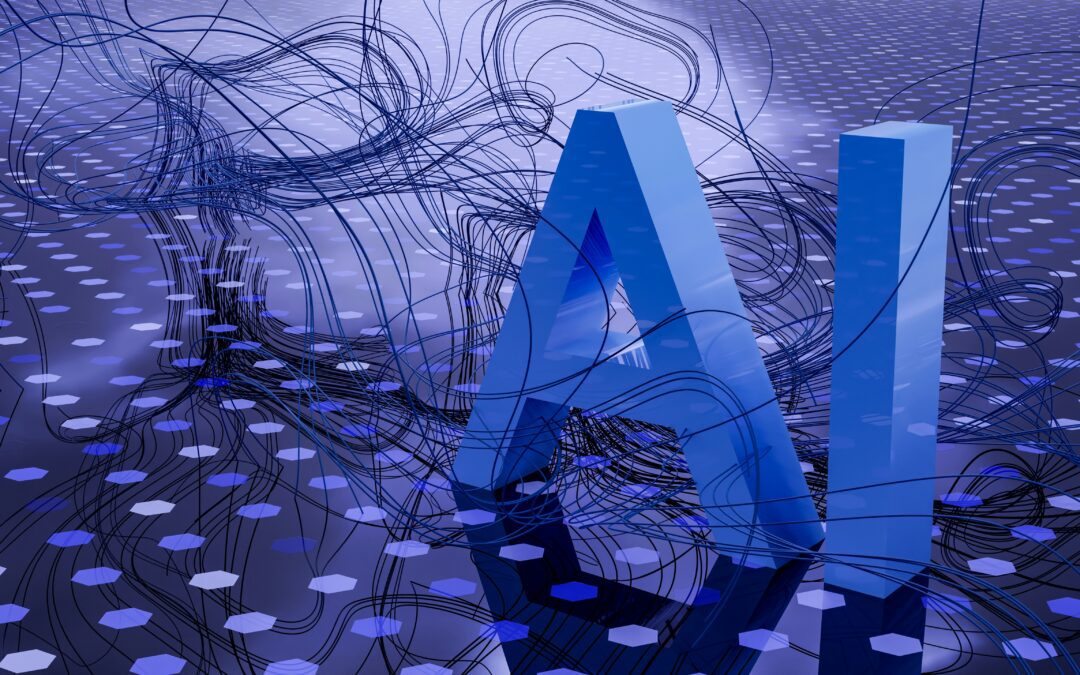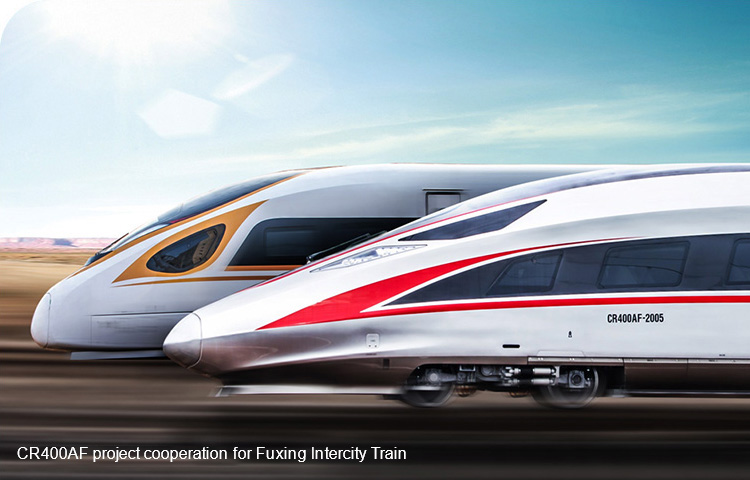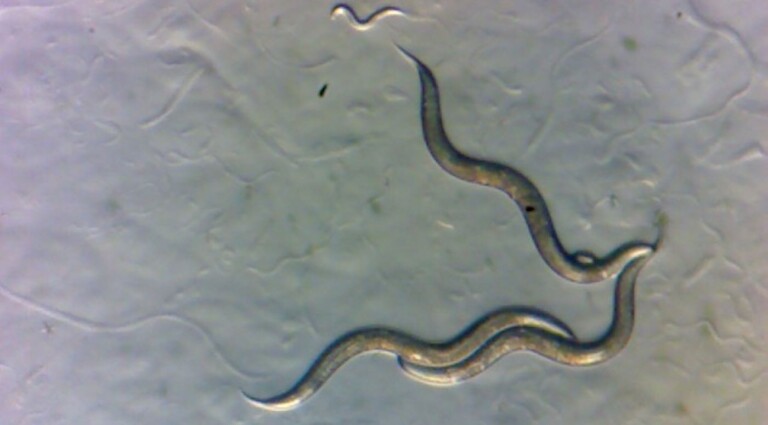Medical AI Revolution?
Artificial intelligence is becoming very popular in the medical industry. Before you become too worried, this new type of ai is not used for diagnosis or prescription. Instead, the latest technological advancement captivating physicians aims to revive a timeless healthcare tradition: direct, in-person dialogues with patients.
At the HIMSS conference in Orlando, Florida, amidst a gathering of over 30,000 healthcare and technology experts, the buzz was all about ambient clinical documentation. This innovative approach permits doctors to record their patient interactions with consent, automatically converting these conversations into clinical notes and summaries through artificial intelligence. Leading the development of these solutions are companies like Microsoft’s Nuance Communications, Abridge, and Suki, which argue that this technology can significantly cut down on the administrative burden doctors face, allowing them to focus more on meaningful patient interactions.
Dr. Shiv Rao, the CEO and founder of Abridge, explained to CNBC during the HIMSS event how this technology transforms the clinical documentation process. By simplifying note-taking into a matter of starting and stopping a recording, doctors can devote their full attention to their patients, enhancing the quality of care.
The issue of administrative overload is a significant challenge within the U.S. healthcare system, contributing to widespread clinician burnout. A survey by Athenahealth in February highlighted that over 90% of physicians feel burnout from the constant pressure of paperwork, with many spending an extra 15 hours weekly on clerical tasks outside of work hours, often referred to colloquially as “pajama time.”
Given that much of this administrative work is bureaucratic and not directly related to patient care or diagnostic decisions, it’s become a prime area for applying generative AI technologies. Ambient clinical documentation, as a result, is experiencing a surge in interest and adoption.
Kenneth Harper, the general manager of DAX Copilot at Microsoft, shared his enthusiasm for the potential of this technology to alleviate the clerical load on physicians, noting that more than 200 organizations have already embraced Microsoft’s DAX Copilot since its launch. The acquisition of Nuance by Microsoft for approximately $16 billion in 2021 certainly shows their belief in the future of ambient clinical documentation.
Harper also shared that his team regularly receives feedback from physicians praising the service for significantly improving their work-life balance and, in some instances, helping preserve their marriages.
This is certainly a good application of ai in medicine. It is likely that many industries will start using similar software to improve meeting efficiency and reduce administrative load.




